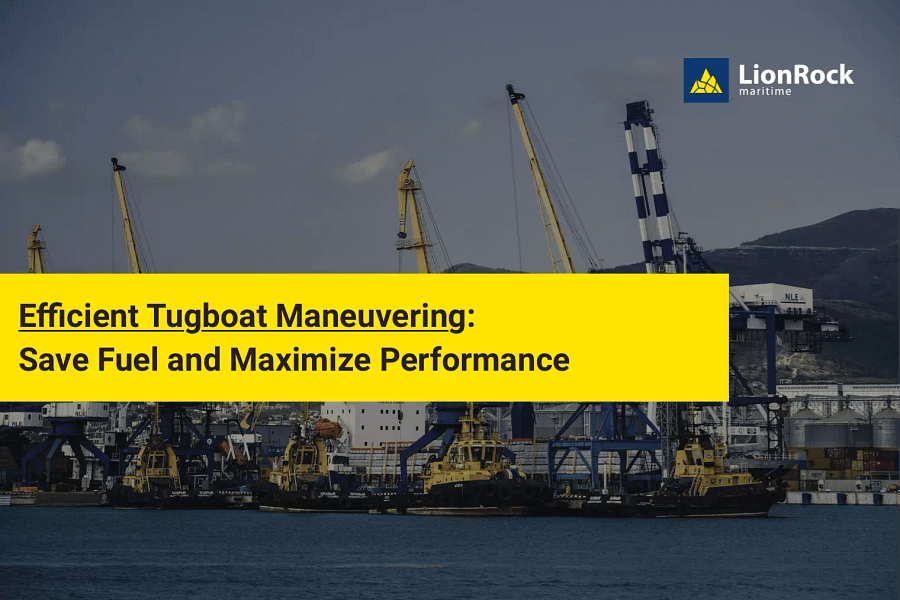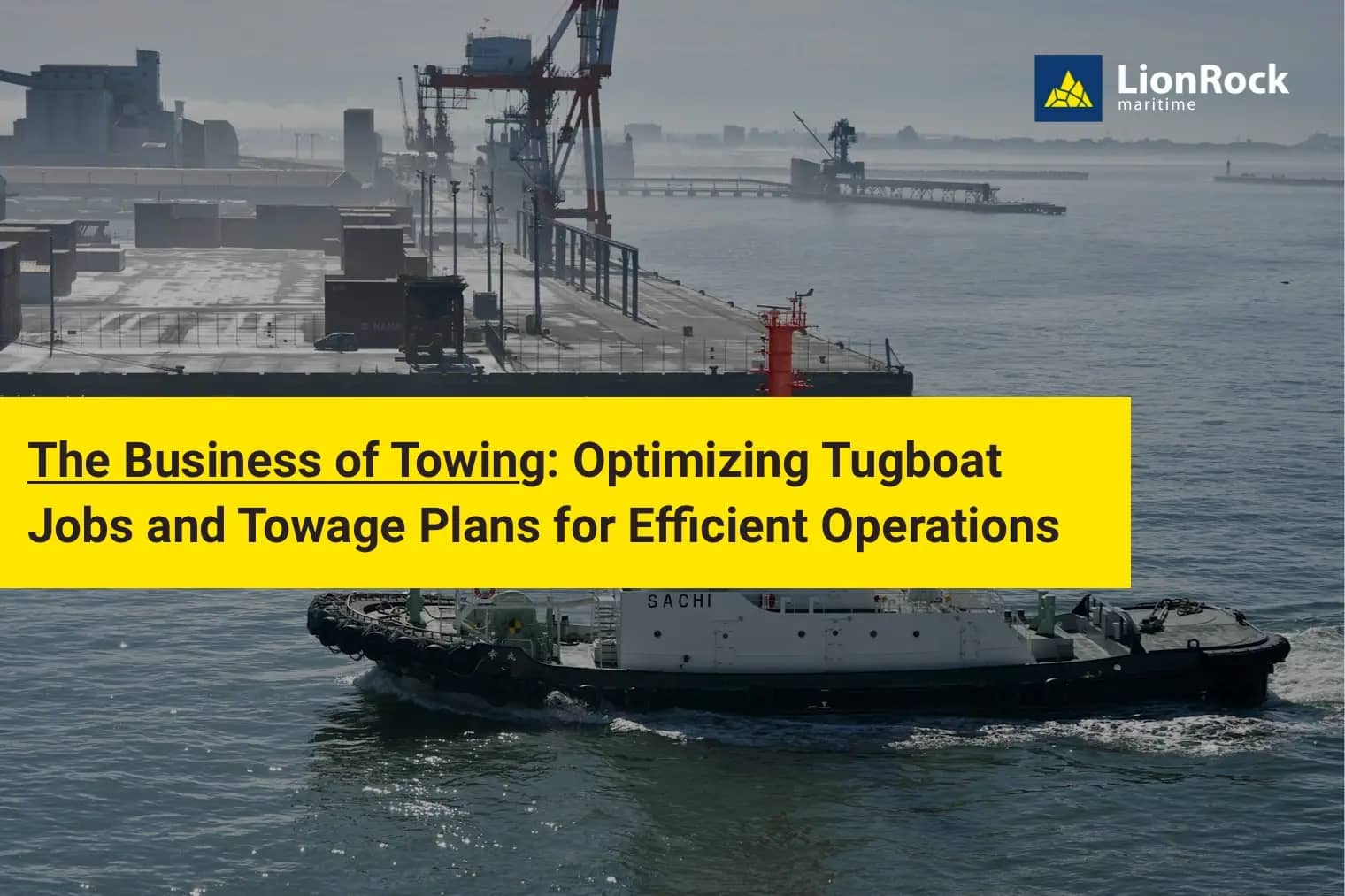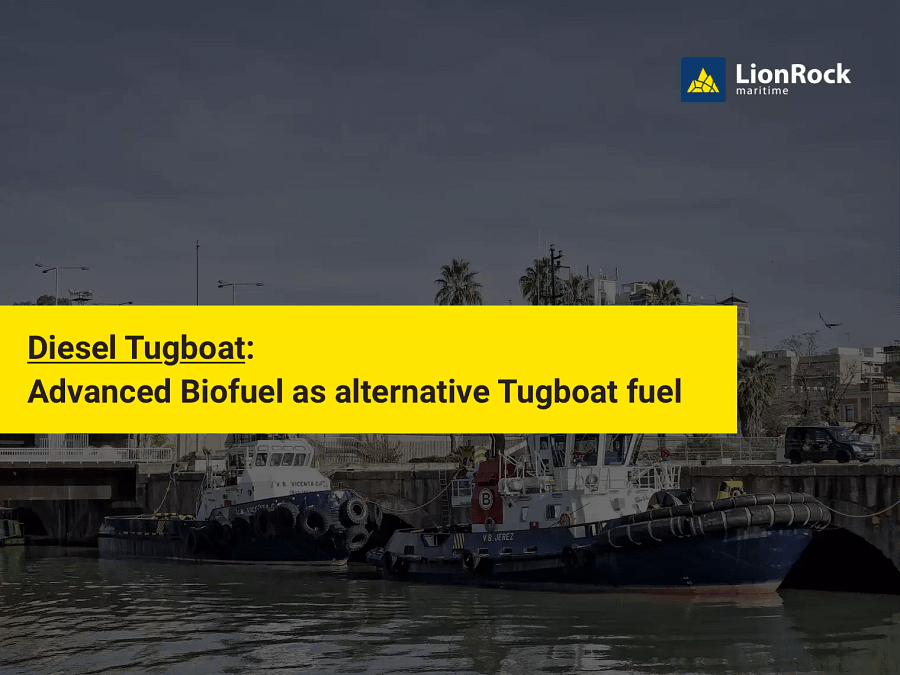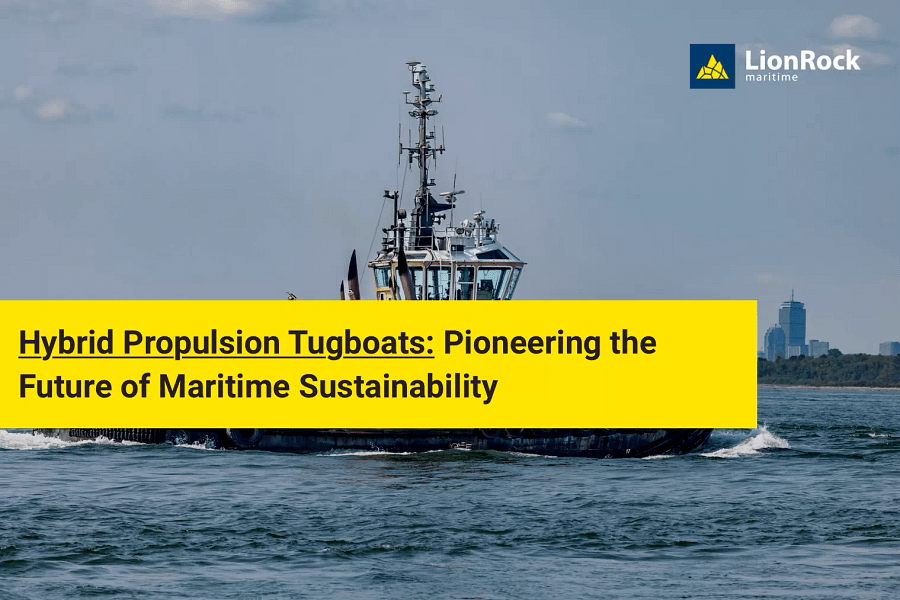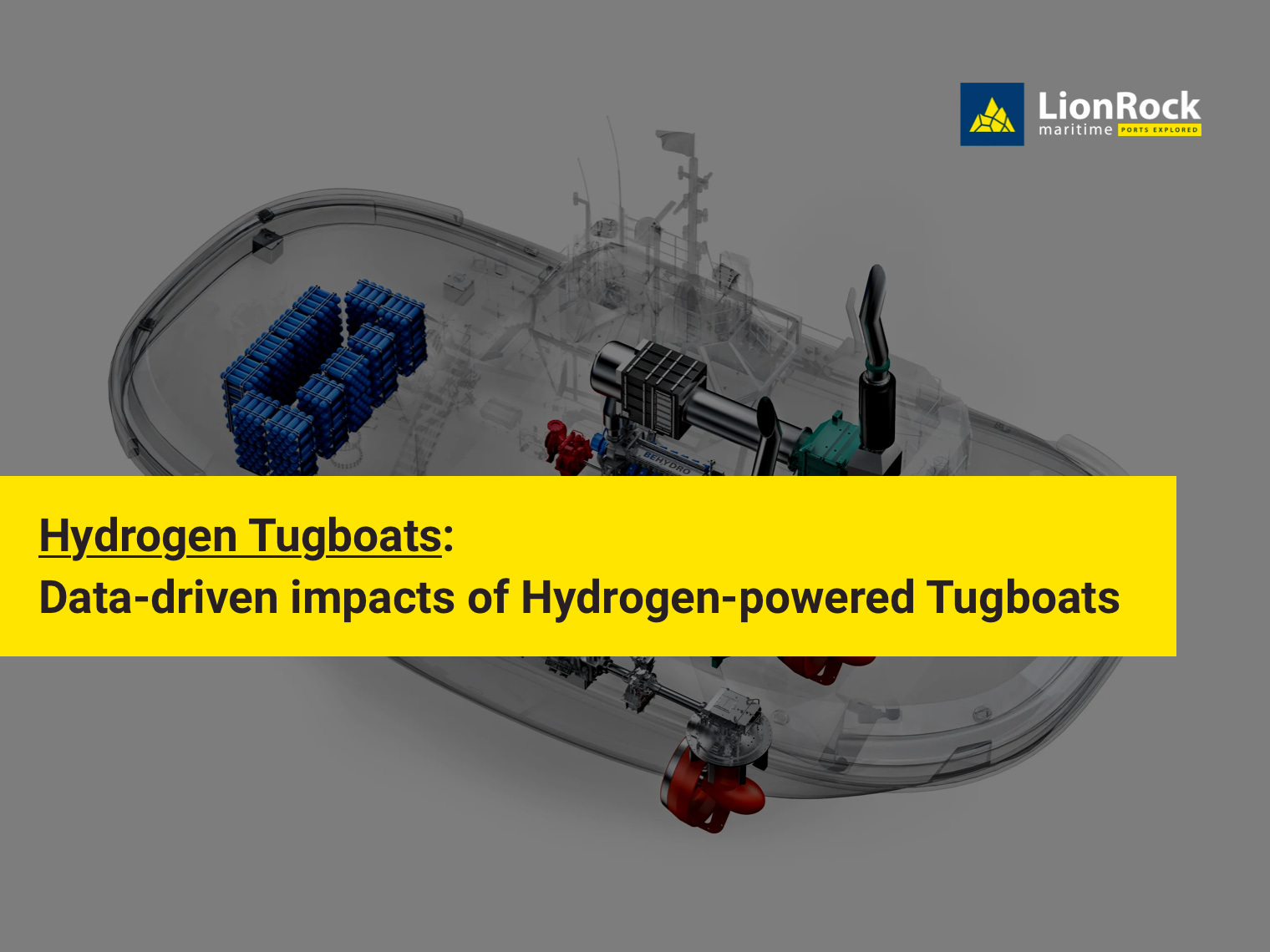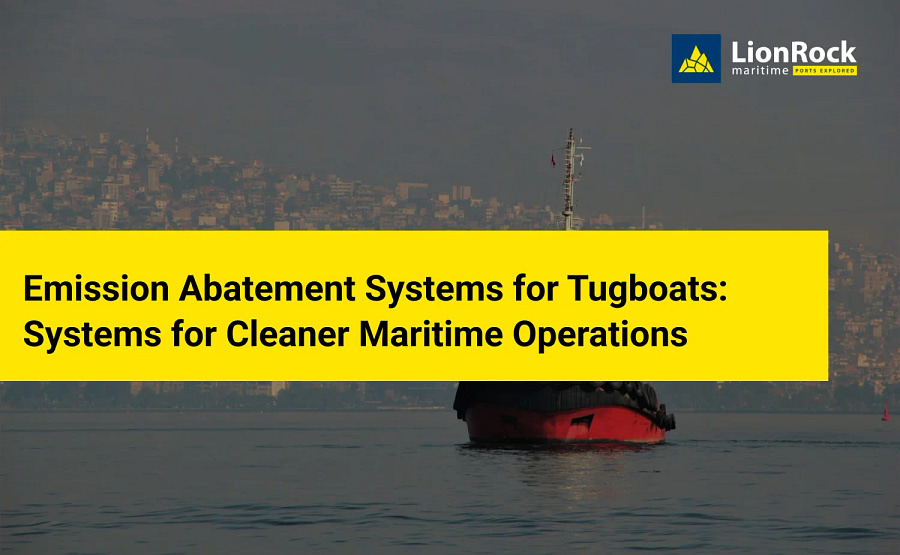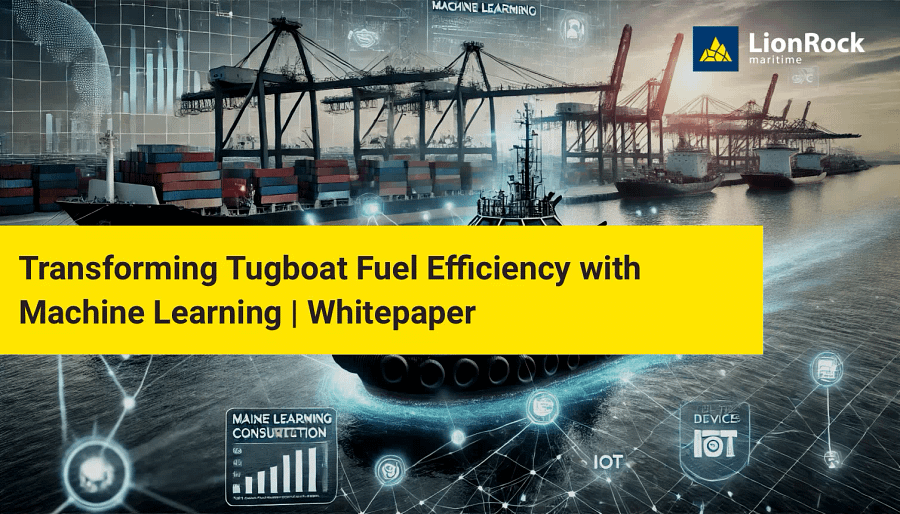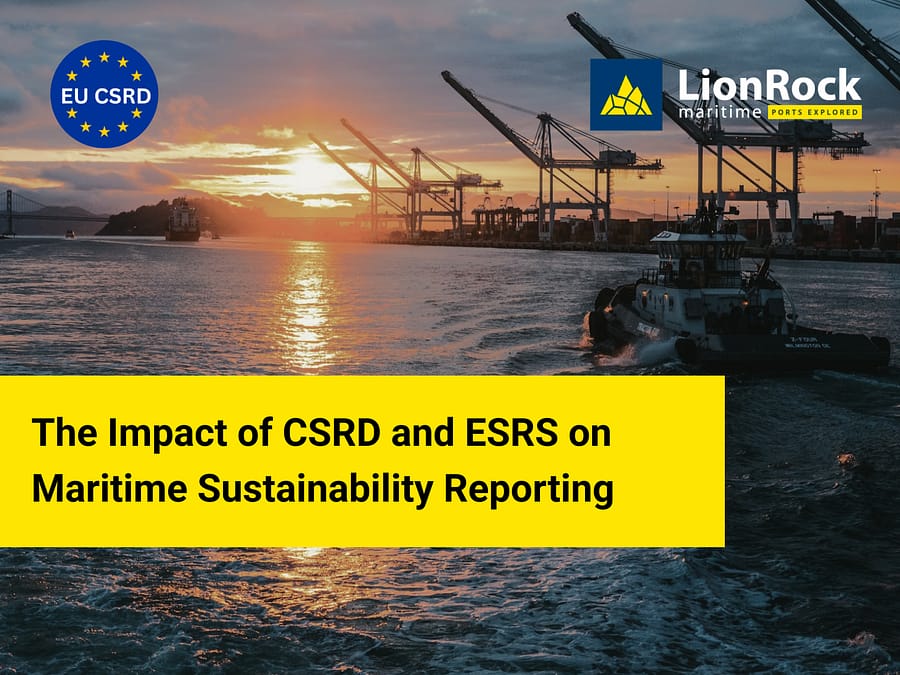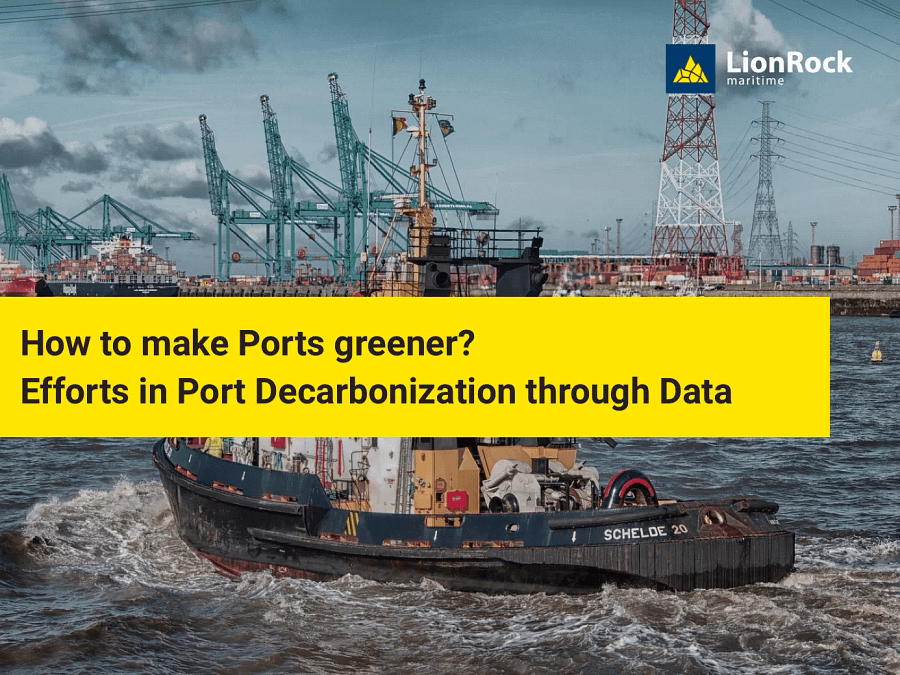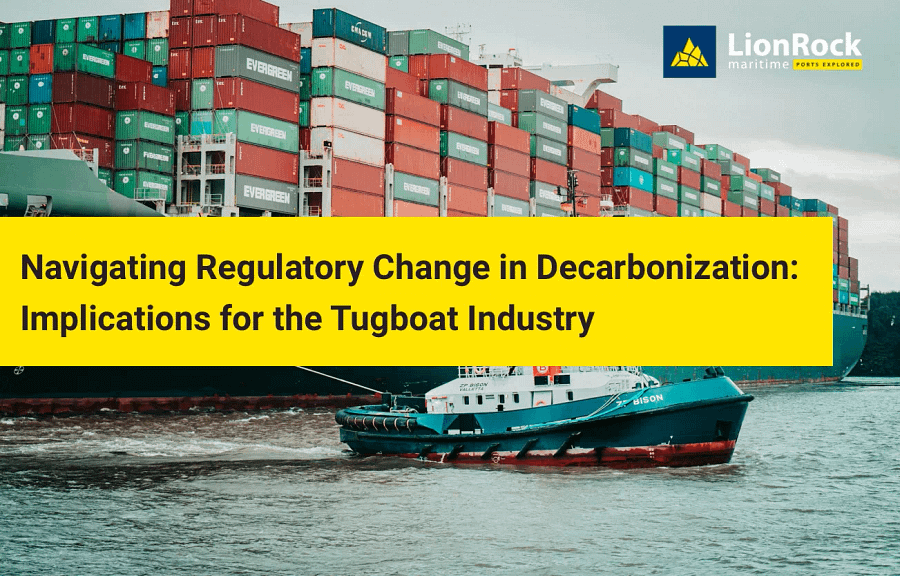How to Become a Tugboat Captain: A Comprehensive Guide | 2025
How to Become a Tugboat Captain: A Comprehensive Guide | 2025
Learn how to become a tugboat captain with our comprehensive guide. Discover essential training, certifications, and job opportunities in tugboat captain careers. Explore long-term prospects and find out how to advance in this rewarding maritime profession.
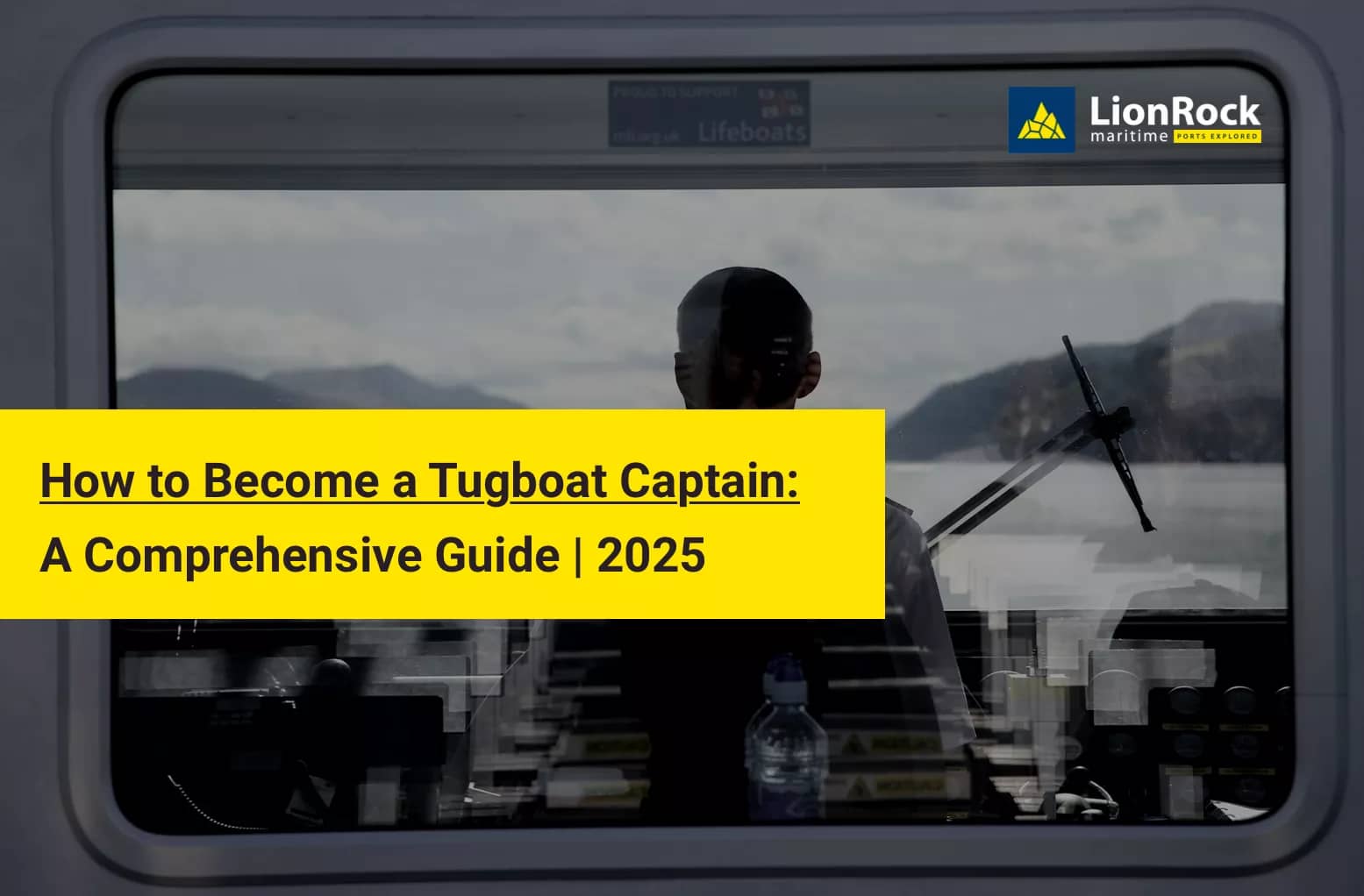
A Comprehensive Guide to a Rewarding Career in Maritime Operations
How to become a Tugboat Captain
Becoming a tugboat captain is more than just a job; it is a journey that combines skill, leadership, and a deep connection to the maritime world. As a critical player in global shipping logistics, a tugboat captain ensures the safe and efficient movement of vessels in some of the most challenging environments, from busy urban harbors to remote offshore rigs.
This guide will walk you through the essential steps to embark on this exciting career path, from the necessary training and certifications to the daily responsibilities, challenges, and long-term opportunities that await. Whether you are just starting or looking to advance in the maritime industry, understanding the landscape and prospects in this field is key to charting your course towards becoming a successful tugboat captain. Here, it is important to highlight that regulations may be different depending on the country. For that reason, local regulations should be considered before embarking on this career.
Education & Captain Training for Tugboats
The path begins with obtaining a high school diploma or equivalent, which is the baseline educational requirement for entering the maritime industry. Many aspiring tugboat captains choose to attend maritime schools or community colleges offering courses in seamanship, navigation, and marine engineering. These programs provide foundational knowledge in vessel operations, safety protocols, and maritime laws, setting the stage for a successful career. After meeting the educational prerequisites, the next crucial step is to gain hands-on experience.
Aspiring captains typically start their careers in entry-level positions, such as deckhands or ordinary seamen. These roles offer invaluable exposure to life at sea, allowing individuals to develop essential skills like vessel maintenance, navigation, and communication. As you accumulate sea time, you’ll have opportunities to advance to more responsible positions, such as a mate or an officer, where you can refine your expertise in vessel handling and crew management.
To officially take command of a tugboat, you’ll need to obtain the appropriate certifications and licenses. In the U.S., aspiring tugboat captains must secure a Merchant Mariner Credential (MMC) issued by the U.S. Coast Guard. This credential is a comprehensive certification that covers various levels of maritime service, from entry-level positions to higher-ranking officer roles. For those specifically looking to operate tugboats, additional endorsements are required, such as the Officer in Charge of a Navigational Watch (OICNW). In Europe, the process is similarly rigorous but tailored to the standards set by the International Maritime Organization (IMO) under the STCW (Standards of Training, Certification, and Watchkeeping) Convention.
To become a tugboat captain, you need to get a Certificate of Competency (CoC) from your country. This certificate requires you to have experience sailing and pass an exam. For instance, in the UK, the Maritime and Coastguard Agency (MCA) oversees the issuance of CoCs. To command a tugboat, candidates must first qualify as an Officer of the Watch (OOW), followed by obtaining a Tug Master’s endorsement. These endorsements ensure that captains are proficient in navigation, safety procedures, and vessel operations, preparing them to manage the unique challenges of tugboat command.
Industry Landscape & Opportunities
Tugboat captains are in demand across a range of employers, including private shipping companies, government agencies, and port authorities. Private shipping companies often require tugboat captains to assist with docking, undocking, and guiding large cargo ships or tankers through narrow waterways. Government agencies, such as the U.S. Coast Guard or the UK’s Maritime and Coastguard Agency (MCA), hire tugboat captains for rescue missions, environmental cleanup efforts, and harbor patrol.
Additionally, port authorities employ tugboat captains to ensure smooth port operations, including escorting vessels safely in and out of busy terminals. The work environments for tugboat captains vary widely, offering a range of exciting opportunities. Urban harbors, such as those in New York, Singapore, or London, require captains to navigate tight, busy waterways while ensuring large ships dock and undock safely. In contrast, captains working on remote oil rigs frequently provide crucial support, such as towing equipment, assisting in the positioning of offshore installations, or responding to emergencies. Tugboat captains can also be involved in specialized operations, such as salvage missions, where they help to recover damaged or stranded vessels, further diversifying the job’s scope.
The maritime industry is experiencing steady growth, driven by global trade and increased environmental focus. The rise of sustainable shipping practices and the demand for eco-friendly tugboats mean that job prospects for tugboat captains are strong. As global commerce and port activities continue to expand, and as sustainability becomes central to maritime operations, the need for skilled tugboat captains is expected to grow, providing a stable and promising long-term career. The future of tugboat captains will most likely include navigating the challenges of sustainability, with eco-friendly technologies and green shipping practices playing a more prominent role in their work.
A Day in the Life of a Tugboat Captain
A day in the life of a tugboat captain is a dynamic blend of responsibility, challenge, and reward, reflecting the crucial role they play in the global maritime industry. From the moment the day begins, captains are immersed in tasks that ensure the safe and efficient operation of their vessels.
The day typically starts with pre-departure inspections, where the captain and crew conduct thorough checks of the tugboat’s equipment, engines, and safety systems. This is followed by weather assessments, as understanding current and forecasted conditions is essential for planning safe navigation routes. Coordination with port authorities is another key responsibility, involving constant communication to arrange docking schedules, receive instructions for towing assignments, and manage vessel traffic within the harbor. Once these preparations are complete, the captain oversees vessel operations, which include towing, maneuvering large ships, and executing docking and undocking procedures. Precision and attention to detail are paramount, as even minor errors can lead to significant delays or accidents.
Tugboat captains face various challenges that test their skills and leadership. Operating in adverse weather conditions, such as heavy fog, strong winds, or rough seas, requires excellent judgment and calm decision-making under pressure. Managing a crew adds another layer of complexity, as captains must ensure that all team members are working in harmony, adhering to safety protocols, and maintaining high morale. Navigating complex waterways, especially in busy or confined ports, demands exceptional navigation skills and the ability to anticipate potential hazards, such as sudden changes in ship traffic or underwater obstacles.
Despite the challenges, the rewards of being a tugboat captain are substantial. The camaraderie developed with the crew is a unique and fulfilling aspect of the job, fostering a strong sense of teamwork and shared purpose. Moreover, the critical importance of the tugboat captain’s role in global shipping logistics cannot be overstated. Every successful operation contributes to the smooth flow of international trade, ensuring that goods reach their destinations safely and on time. This sense of accomplishment, coupled with the knowledge that they are an essential part of a much larger maritime ecosystem, provides tugboat captains with a deep sense of job satisfaction.
Long-Term Career Outlook of Tugboat Captains
As captains gain experience and build their expertise, they can chart a course toward higher-ranking positions or even explore new ventures within the maritime industry.
One of the most natural progression paths for experienced tugboat captains is advancing to roles such as port captain or harbor master. As a port captain, you would oversee the operations of multiple vessels within a port, ensuring that all ships under your command operate safely and efficiently. This role requires not only profound knowledge of tugboat operations but also strong leadership and management skills. Harbor masters, on the other hand, are responsible for the overall coordination and management of port activities, including traffic control, safety regulations, and environmental compliance. These positions come with increased responsibilities and the opportunity to influence the strategic direction of port operations, making them ideal for those looking to take on more significant challenges.
For tugboat captains who are passionate about sharing their knowledge and experience, transitioning into teaching or training roles can be a highly rewarding career move. Maritime academies and training centers often seek seasoned professionals to teach the next generation of captains, focusing on navigation, vessel operations, and safety protocols. This path allows you to pass on your skills and contribute to the development of the maritime workforce.
Alternatively, captains might consider starting their tugboat company. With a profound understanding of the industry and strong connections within the maritime community, experienced captains are well-positioned to establish a successful business. Whether focusing on specialized towing services, salvage operations, or eco-friendly tugboat solutions, owning a tugboat company allows you to leverage your expertise and build a legacy in the industry.
Partner with LionRock Maritime for Captain training
Partnering with LionRock Maritime empowers tugboat captains and companies to harness advanced technology and industry-leading expertise that redefine operational efficiency and safety in the maritime arena. By collaborating with LionRock Maritime, you gain access to innovative, sustainable solutions that streamline vessel management and optimize towing operations—ensuring your fleet stays competitive and resilient in a rapidly evolving global market. Elevate your maritime operations, enhance crew performance, and secure a strategic advantage by joining forces with a partner dedicated to excellence and continuous improvement. Discover how this collaboration can transform your business by scheduling a quick call.
FAQ: How to become a Tugboat Captain
What are the essential steps to becoming a tugboat captain?
Becoming a tugboat captain involves several key steps. First, you must obtain a high school diploma, which serves as the basic educational requirement. Next, gaining practical maritime experience is crucial—starting in entry-level roles like deckhand allows you to build the necessary skills and knowledge. As you progress, you’ll need to obtain certifications, such as the Merchant Mariner Credential (MMC) in the U.S., or a Certificate of Competency (CoC) in Europe and the UK, with specific endorsements for tugboat operations. These certifications validate your expertise in navigation, safety, and vessel handling, positioning you to take on the responsibilities of a tugboat captain.
What employment opportunities and work environments are available for tugboat captains?
Tugboat captains have a range of employment opportunities across various sectors. They can work for private shipping companies, assisting with the docking and undocking of large vessels, or for government agencies where they might engage in rescue operations or environmental protection efforts. Port authorities also employ tugboat captains to manage vessel traffic and ensure safe harbor operations. The work environments are diverse, ranging from busy urban harbors where navigation can be complex, to remote oil rigs where tugboats provide essential support for offshore installations.
How does a typical day look like for a tugboat captain, and what challenges do they face?
A typical day for a tugboat captain involves a series of critical tasks, beginning with pre-departure inspections to ensure the vessel is seaworthy. Captains must also assess weather conditions and coordinate with port authorities to plan their operations. Once underway, they oversee vessel operations, which might include towing, maneuvering, and docking ships. The job comes with significant challenges, such as navigating through adverse weather, managing a crew under stressful conditions, and ensuring safety in complex waterways. Despite these challenges, the role is highly rewarding, offering a strong sense of camaraderie with the crew and the satisfaction of playing a vital role in global shipping logistics.
What are the long-term career prospects for a tugboat captain, and what opportunities for advancement exist?
The long-term career prospects for a tugboat captain are diverse and promising. With experience, captains can advance to higher-ranking positions such as port captain or harbor master, where they oversee broader operations within ports or manage entire harbor systems. For those interested in mentoring, transitioning into teaching or training roles at maritime academies is an excellent option, allowing them to pass on their knowledge to the next generation of maritime professionals. Additionally, entrepreneurial captains might choose to start their tugboat company, leveraging their industry expertise to build a successful business. These paths offer both stability and the potential for significant career growth in the maritime industry.
References for how to become a Tugboat Captain
- https://www.mitags.org/captains-license/
https://www.zippia.com/tug-boat-captain-jobs/education/
https://www.mitags.org/how-to-get-work-on-a-tugboat/
https://colpacmaritime.com/2021/07/23/tugboat-captain-made-easy/
https://www.mmseas.com/post/how-to-become-a-tugboat-captain
https://tradesmanskills.com/how-to-become-a-tugboat-captain/


